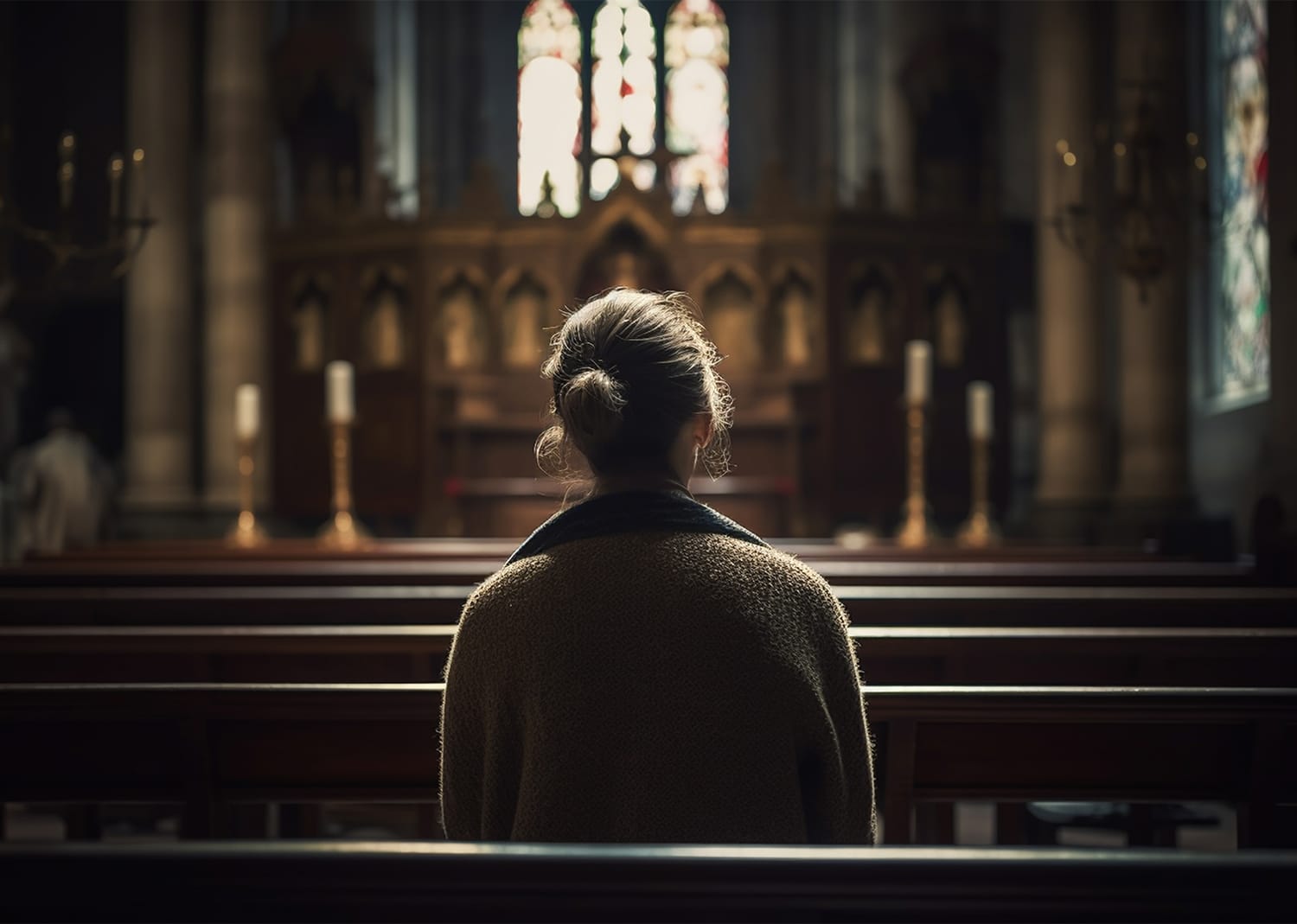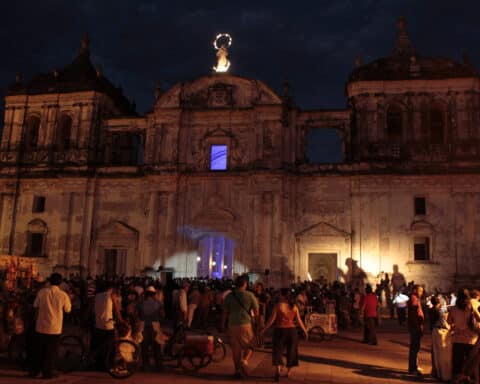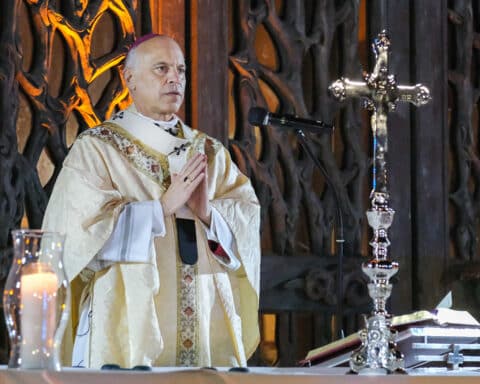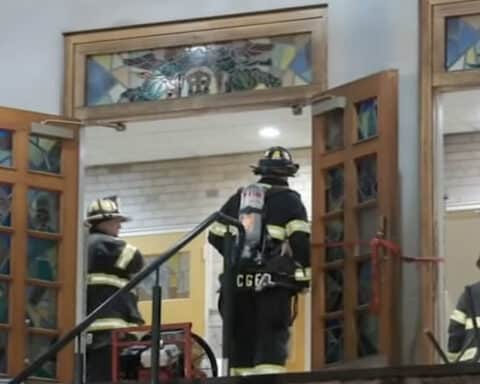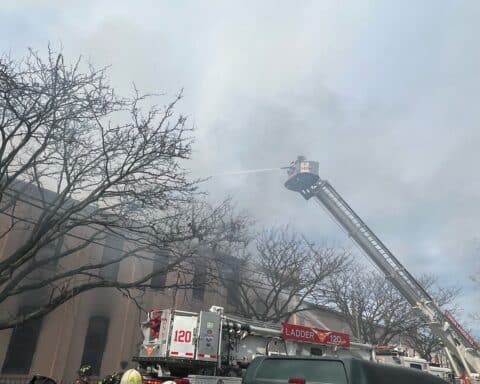When you are a parent, you clock many hours in the back of churches. Pacing with fussy babies. Corralling rambunctious toddlers. Calming down restless children.
But the hidden beauty found at the back of church?
You get close to the ones Jesus loves.
The hidden beauty at the back
Jesus loves all of us, of course. Make no mistake about the wild love which God lavishes upon every human being — each unrepeatable sacred soul, each imago dei that bears the imprint of our Creator, each beloved child loved by the Father.
But when you read the Gospels, you can’t help but realize how Jesus has a particular affinity for those left on the sidelines, the margins and the back of the crowd. Sinners, lepers, prostitutes, tax collectors, widows, orphans, children, the poor, the sick, the disabled, the suffering — he draws each outsider close and draws them out of themselves, embracing them into the abundant love and mercy of God.
Little wonder that I sometimes feel closer to the kingdom of God at the back of church than in the front pew.
Parishes often have a practice of bringing the Eucharist first to those who cannot come forward to receive. This simple act makes manifest Christ’s words that “the last will be first and the first will be last” (Mt 20:16). Surely the Good Shepherd who leaves behind the 99 to seek out the one lost sheep would not hesitate to walk to the back of church and welcome anyone who felt uncertain if they belonged.
Imaging where someone else is at
Dioceses around the country have long-standing traditions of televising Masses for those who are homebound. Many parishes continue their pandemic-era practice of streaming Mass online. A small but growing number of dioceses are now offering sensory-friendly liturgies with softer lights, quieter music, shorter homilies and the freedom to participate in the Mass free from judgment about noise or movement — simple accommodations that can make it possible for families, caregivers and all members of the Body of Christ to be included in the Mass.
Once I attended a workout class where the teacher would welcome late-comers with a smile, far from the sneers often side-eyed toward the tardy. “I always figure the last people here are the ones who need it most,” she’d remind us as she’d make room for each person who showed up — especially first-timers or late arrivals.
Couldn’t our churches strive to do the same, since we are the hands and feet of Christ here on earth?
Seeking the sidelined
As my children have grown, I have been blessed with a few remarkable friends who have taught me what it means to welcome the ones in the back. They cheer for the teammate who needs extra encouragement, invite the classmate who gets overlooked for birthday party invitations, and strike up conversations with new faces at church or school. In ordinary ways, they model Christ’s inclusive love, seeking out the sidelined first.
In his Letter to the Romans, St. Paul reminds us of the essential welcome — even inverting the world’s expectations — that is demanded of Christians: “We who are strong ought to put up with the failings of the weak and not to please ourselves; let each of us please our neighbor for the good, for building up … May the God of endurance and encouragement grant you to think in harmony with one another, in keeping with Christ Jesus, that with one accord you may with one voice glorify the God and Father of our Lord Jesus Christ. Welcome one another, then, as Christ welcomed you, for the glory of God” (Rom 15:1-2, 5-7).
Whenever we get the chance to welcome another in the name of Jesus, we widen our embrace of the people Jesus loves.
Even and especially the ones in the back.

